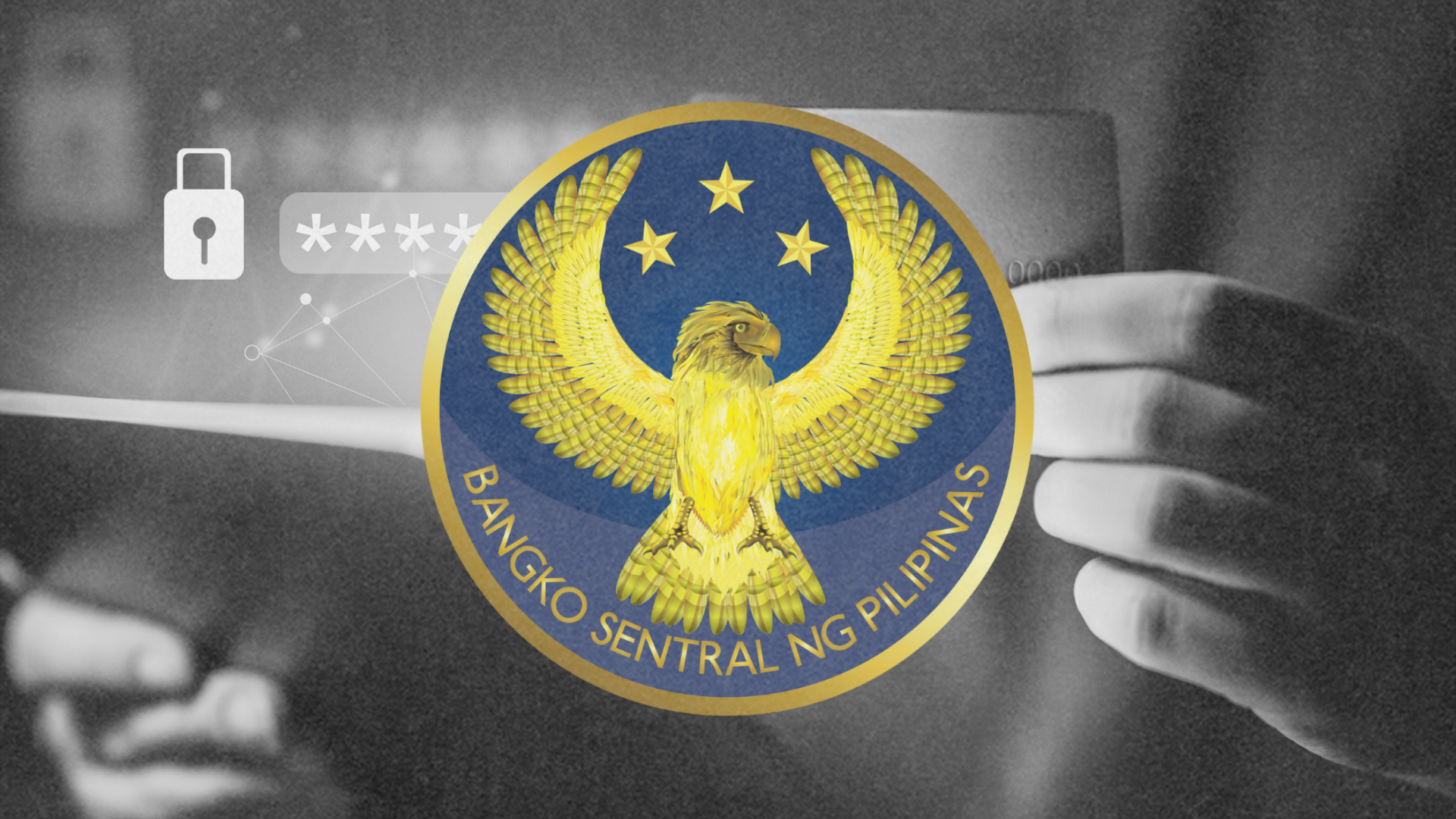In the Philippines, the surge in mobile banking has brought unparalleled convenience to users. However, this digital shift has also attracted cybercriminals who employ sophisticated methods, notably banking Trojans, to exploit vulnerabilities in mobile banking applications. These malicious programs, such as Blankbot, Godfather, ToxicPanda, GoldPickAxe, and Sharkbot, are designed to infiltrate devices, steal sensitive data, and commit fraud. They utilize advanced tactics like overlay attacks, keylogging, and remote desktop exploits to deceive users and compromise app security.
The impact of these threats is significant. For consumers, risks include drained accounts, identity theft, and loss of personal data. For banks, these attacks can lead to fraud, reputational damage, and regulatory penalties. Recognizing the severity of the issue, the Philippine government has launched the Financial Services Cyber Resilience Plan. This framework aims to enhance cyber resilience in the financial sector by promoting holistic cybersecurity best practices and standards, building a strong cybersecurity culture, and implementing incident response protocols.
To safeguard against these threats, both users and financial institutions must take proactive measures. Users should ensure their devices are equipped with updated security software, remain vigilant against suspicious activities, and regularly update their banking applications. Financial institutions, on the other hand, should invest in advanced security measures, conduct regular security assessments, and educate their customers about potential threats and safe banking practices. By working together, we can create a safer digital banking environment in the Philippines.







One response to “Mobile Banking Security: Staying One Step Ahead of Cybercriminals”
Keep safe!